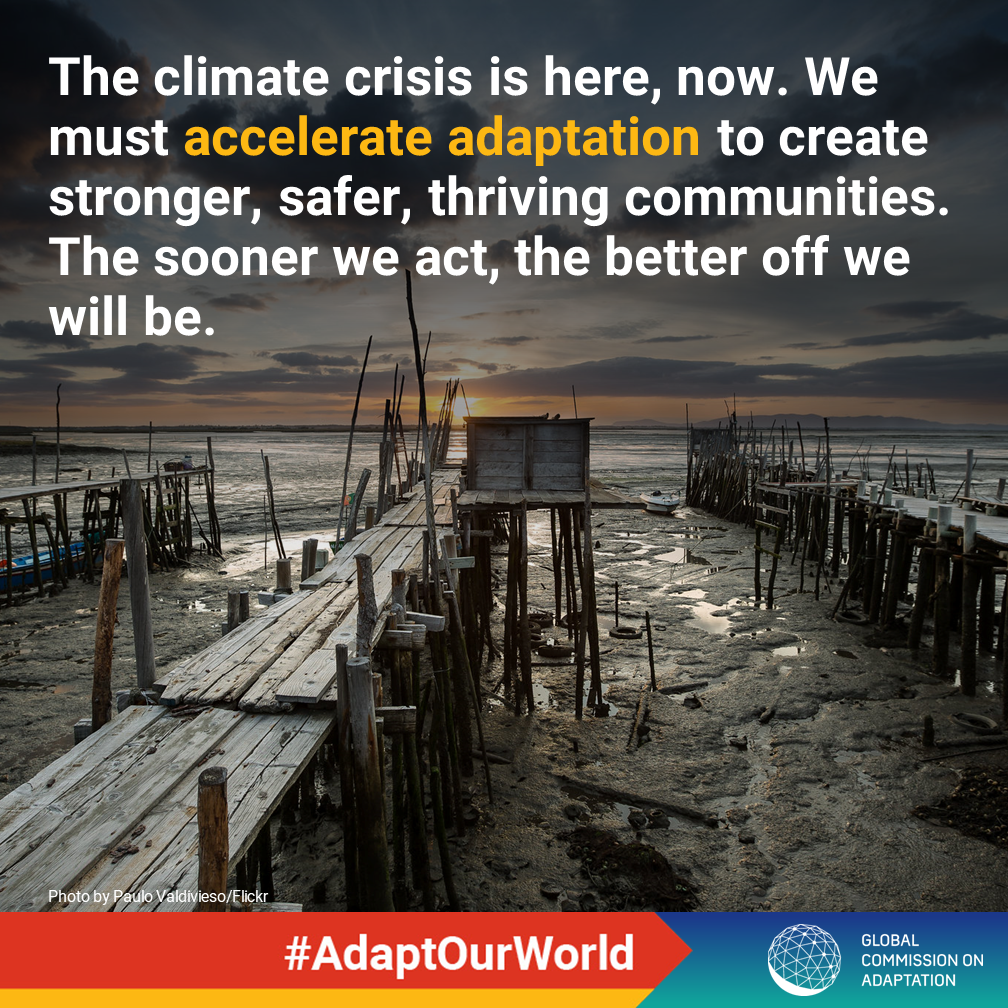Climate breakdown is here and it’s time to adapt. But how?
With a recent report laying out the benefits of investing in climate adaptation — and another raising the prospect of “climate retreat” — it’s time to start taking transformative adaptation seriously.
H
ere’s an inconvenient truth: At some point, humanity must adapt to the many disruptions that climate breakdown is already beginning to inflict around the world.
Here’s another: At some point, conventional coping strategies — a seawall here, an irrigation system there — won’t suffice. In some cases, they could even make matters worse.
More radical approaches to climate adaptation will be required, explains a new study that lays out how society can make “transformative” shifts — that is, more fundamental changes that address the root causes of vulnerability to climate impacts.
“Climate change is happening, and we need to change the way we behave,” said Giacomo Fedele, a scientist with Conservation International and the study’s lead author. “And this is very hard.”
Consider an area that experiences a flood driven (or exacerbated) by climate breakdown.
The flood-stricken community might borrow money to repair their homes and replant crops after floodwaters retreat; these are examples of what the study calls coping strategies. But such measures might not be enough to help that community weather floods in the future.
Instead, say that the community builds dams and levees, or elevates their homes — what the study’s authors call incremental adaptation. These measures may provide some relief but ultimately do not reduce the community’s future flood risk.
A transformative adaptation, on the other hand, involves foundational changes to the social and ecological landscape for the purpose of reducing vulnerability to climate risks. For the flood-prone community, it might mean relocating homes to safer areas, or restoring previously degraded wetlands upstream, the authors write.
“Transformative adaptation is really about addressing root causes of climate vulnerability in a proactive way,” Fedele said.
To see such measures in action, one need only look to nature itself. Climate breakdown is already moving animal and plant populations the world over, from Pacific tuna altering their migration to coffee planting being moved uphill to escape rising temperatures in the tropics.
But it’s one thing for, say, a species of bird to fly to a different habitat. Human societies tend to move more slowly.
“We have been making little steps to reduce our vulnerabilities and which are mostly reactive — we have been applying coping strategies,” Fedele said.

Costs, disruptions and political will are just some of the many reasons that there are not many examples of actual transformative adaptations to point to. “These are big challenges that require a lot of planning — a lot of anticipatory work, a lot of human input,” Fedele said. “They’re as much about changing values, changing behaviors, changing current power dynamics — and that requires skills, knowledge, money and time.”
With a recent report laying out the benefits of investing in climate adaptation — and another raising the prospect of “climate retreat” — it’s time to start taking transformative adaptation seriously.
To start with, Fedele says, society needs to address the most vulnerable places where coping strategies aren’t going to work. Planners and decision-makers must consider the long term — beyond the typical political cycle of two to four years. And communities that are reaching their adaptation limits and taking their own transformative steps may need to be given access to additional capacities and resources.
There is one certainty: If we wait long enough, climate breakdown will force our hand.
“When an ecosystem is totally degraded or when the coping strategies have stopped working, the only way to continue is to apply transformative adaptation actions because there is no other solution,” Fedele says. “And then it is more disruptive, more expensive, more difficult.”
The ideas presented in this article aim to inspire adaptation action – they are the views of the author and do not necessarily reflect those of the Global Center on Adaptation.